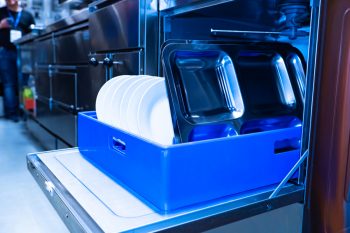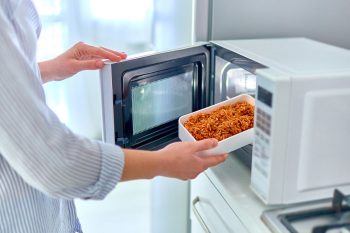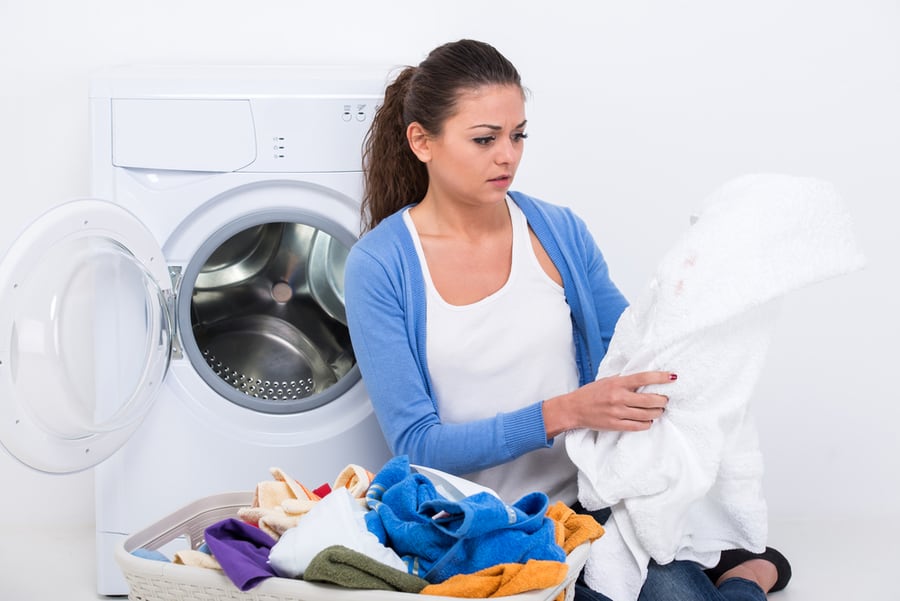
White patches of residue on your freshly washed laundry might have you raising a brow. Where did they come from, and what are they made up of?
If these annoying white stains keep showing up on your clothes after a wash, you might have to change a few things about how you do your laundry.
Here’s what causes white residue on washed clothes and what you can do to stop them from appearing.
- Excess detergent can stay behind on clothes, leaving white detergent stains.
- Personal care products, sweat, and similar substances can stain darks and lights.
- Fabrics that produce a lot of lint can leave a white layer of fiber on washed clothes.
- Overloading your washing machine could restrict movement in the tub and leave detergent in creases and folds.
White stains on fresh laundry aren’t that uncommon. In fact, second to unpleasant smells, these white patches of residue are the most common reason why people decide to perform a second wash. Fortunately, stopping the white stains from showing up on your next laundry load can be as simple as tweaking your laundry habits.
3 Reasons Why Your Laundry Has White Residue
1. Too Much Detergent
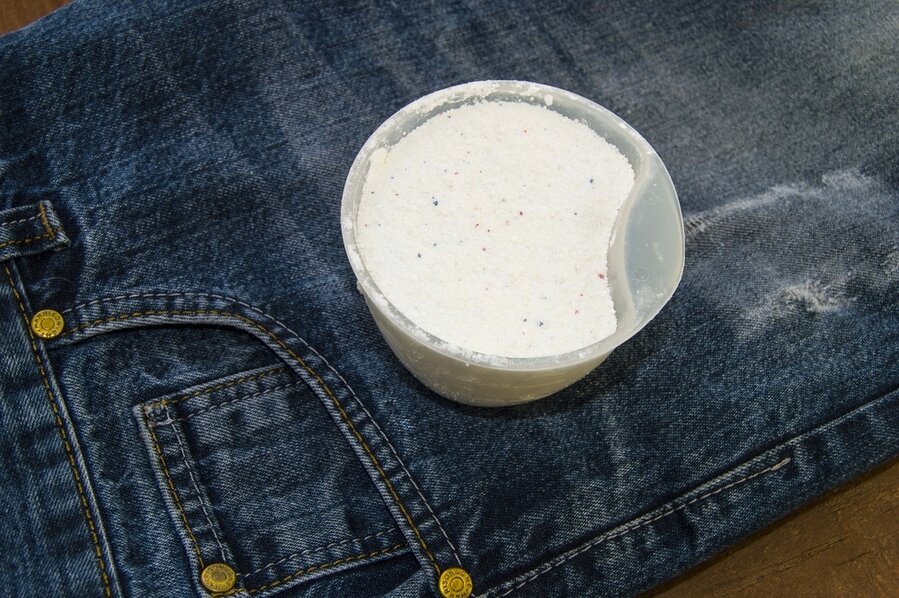
Loading their washing machine with excess laundry detergent can help improve the wash quality.
The truth of the matter, however, is that too much detergent could lead to an excess of suds and foam.
This becomes a problem during the rinse cycle when the washing machine doesn’t take enough water to remove all the suds.
In high-efficiency (HE) washers, getting rid of excess foam can be even more of a problem since these machines use less water to save on the overhead expenses of using your machine.
As a result, foam and suds get caught in the folds and creases of your clothes instead of getting washed out. When they dry, they leave a whitish residue that appears most prominent on brightly colored clothes.
How to Fix It: Easy — use less detergent. Experts also recommend using a high-efficiency detergent specially formulated for HE washers.
These detergents produce less foam, allowing washing machines to rinse out residue more efficiently even when using less water.
Consider steering clear of powder detergents that can get caught between creases and folds, keeping them from properly dissolving.
2. Residue From Personal Care Products
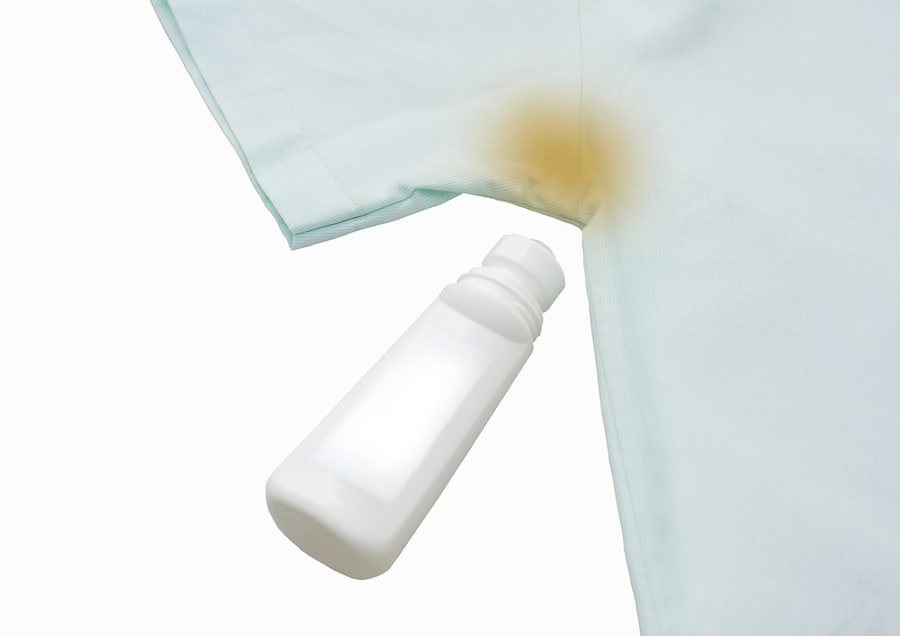
This happens more often with men’s clothing and typically appears on dark-colored clothes.
When you use products like deodorant, residue from the product can stick to the fabric of your clothes, causing discoloration.
Often, these products can cause yellowing on white fabrics or white residue on dark clothing.
Other products that may leave whitish stains on your clothes include fragrances, certain creams and lotions, and body sprays.
In some cases, white residue can also be left behind by bodily fluids like sweat. For women, secretions can lead to discoloration on underwear.
How to Fix It: It’s ideal for taking extra time to hand wash specific parts of certain garments.
Scrubbing the underarms on shirts and blouses and the part of underwear that makes contact with the intimate region can help your laundry look fresh and clean.
Hot water during the cycle can also help remove these substances from your clothing.
3. Excess of Lint
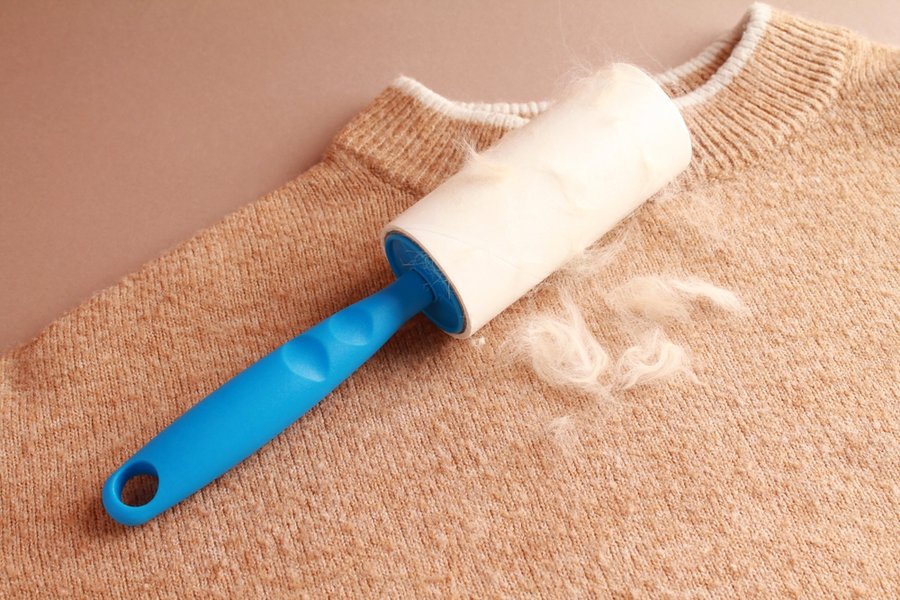
Certain fabric types can produce a lot of lint and saturate the load with fibers that the washer might not be able to completely filter out. Fabrics that tend to produce the most lint include fleece, wool, and cotton.
If you’ve got new towels or blankets, you should expect them to produce a substantial amount of lint, especially during the first few washes.
How to Fix It: You can take a few steps to prevent lint from taking over your wash. The first and most obvious solution would be to wash lint-producing fabrics separately.
Use cold water and a gentle cycle to reduce the fibers that rub off the fabrics. It also helps to use fabric conditioners at the end of the cycle to soften the items and reduce friction in the tub.
4. Too Much Laundry
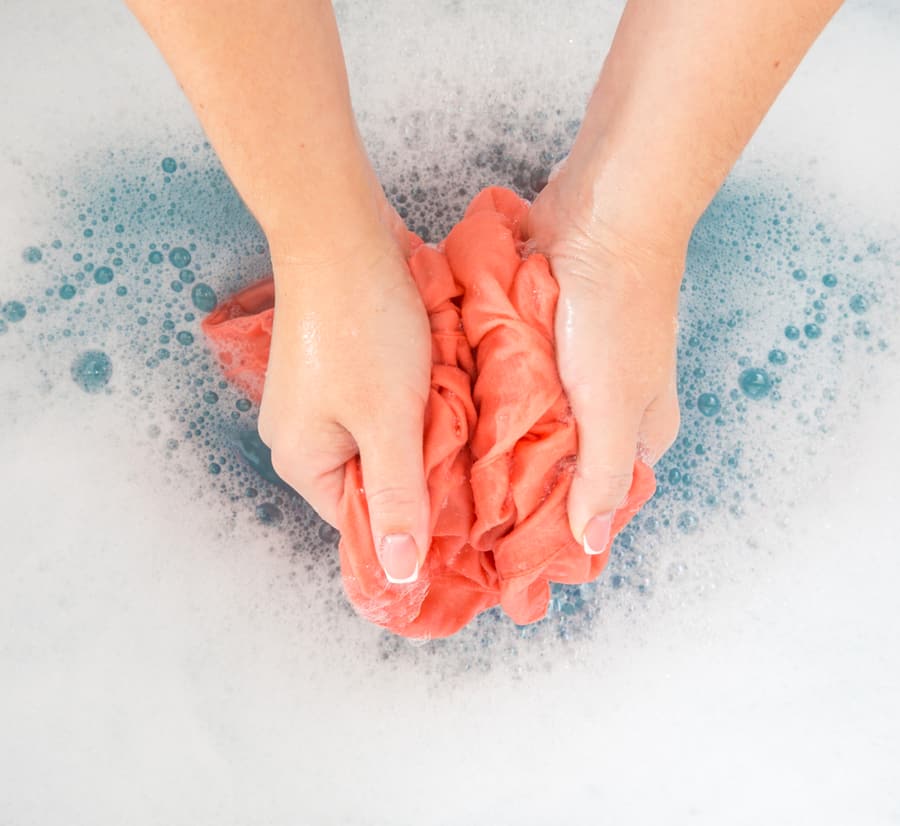
If you overload your washing machine, all of your clothes will tend to clump together. Any detergent powder, suds, or foam that settles in the folds between clothes might not be exposed to water during the rinse.
That’s because when you overload your washing machine, you restrict movement in the tub and keep clothes from being sufficiently soaked, soaped, and washed.
You’ll notice that your clothes might smell less fragrant when you overload the tub. That’s just on top of the many white residue stains that reveal themselves when you stretch out each garment.
How to Fix It: Avoid putting too many clothes in the tub. As a general rule, all of the clothes should be fully submerged when the set water level is achieved.
There should be at least 3 to 4 inches of water above the clothes to guarantee efficient washing performance. If not, raise the water level or remove some of the clothes.
Takeaway
Try these solutions if you’re tired of seeing white residue on your clothes after a wash.
By making a few minor adjustments to your wash settings, you can rid your clothes of white residue and get them looking as clean and fresh as ever.
Frequently Asked Questions
How To Get Detergent Stains Out of Clothes?
If your clothes come out with streaks of white residue because of too much detergent.
Here’s what you can do to get rid of the marks:
- Soak the clothes in warm water.
- Gently rub away the residue with mild dish soap.
- Rinse with clean water.
- Put the items back in the washer, but this time, start the cycle with reduced detergent.
How many detergents Should I Use for My Laundry?
The amount of detergent you should use depends on the formulation of your chosen product. Read the instructions on the packaging to find out how much your laundry needs.
If unsure, experts recommend using 1 tablespoon of detergent for every 6 lbs of laundry.

